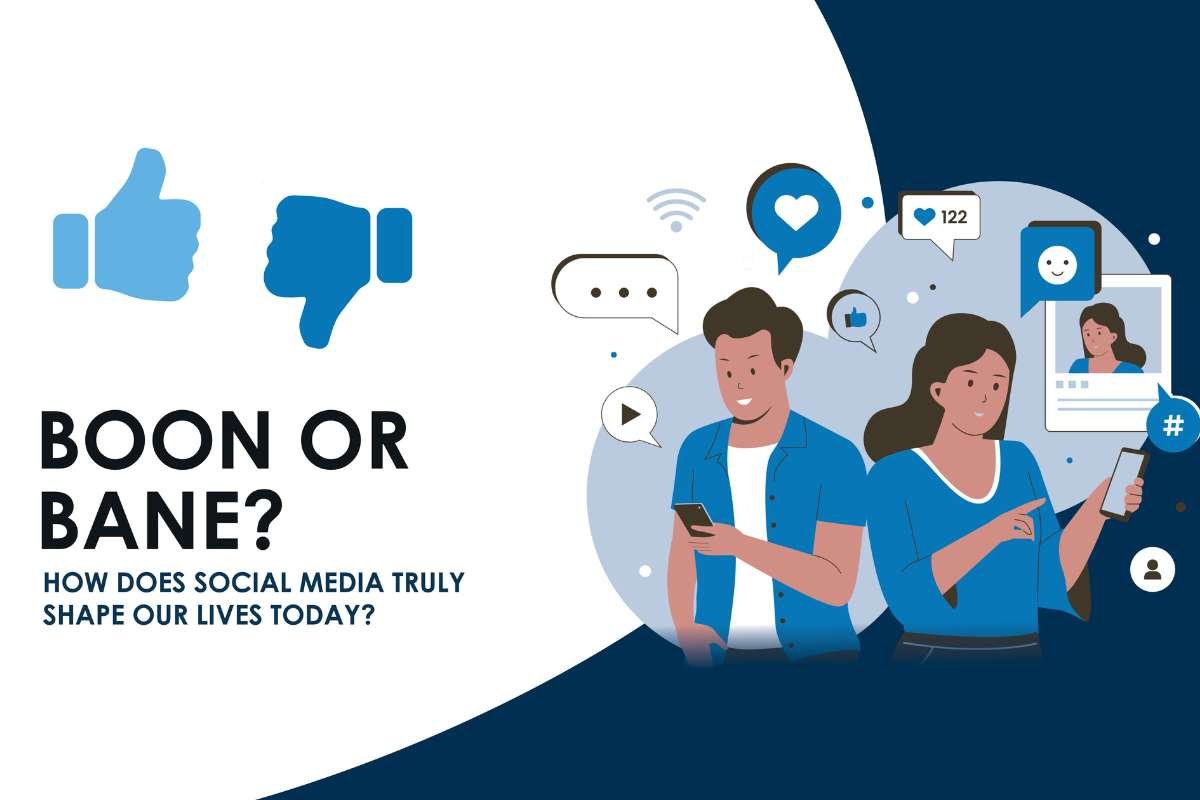Insurance by itself is a safety net against risks. Within Insurance, technology plays an important role. Insurance in India has evolved a lot with due course of time.
For many years, technology in Insurance has started focusing on the digitization initiative. Insurance as an industry has shredded its complexity due to technology. What used to be a product that was getting sold, started transforming itself as a product that was being bought. While product innovations played a vital role in taking insurance closer, technology did play a major role in attaining this goal. Right from the beginning of identifying a product and till the time the benefits are realized.
Let us see how Technology is helping Insurance in India and providing a safety net.
1. Suitability of Products –
Insurers come with various products that help the customers with a wide array of needs and different stages of existence. Though the pricing of a product currently is based on a broad age category, the uniqueness of a product along with various add-ons makes it look like a product that is personalized exclusively for the customers. Identification of the right product with the correct coverage and an accurate term is the starting point where technology commences its journey with the customer.
2. Artificial Intelligence (AI) / Optical Character Recognition (OCR):
For customers who prefer sharing a copy of their proof and also like to go for direct debits by sharing a canceled cheque, Artificial Intelligence /OCR plays a crucial role in digitizing the records without any manual intervention.
3. Automation of Processes:
There are many processes in Insurance, which can be automated. Automation of processes not only speeds up the process closure but also reduces the error that may creep in when processed manually.
4. DIY:
Do it yourself. Today’s customers look at convenience and how fast they can get things done. They love to do things by themselves wherever possible. DIY coupled with automation of processes helps to address this segment of customers. A customer self-service portal is an application that enables DIY for the customer.
5. Chatbots:
Chatbots help customers in getting the queries answered interactively, but simultaneously and seamlessly aids in processing the request.
6. WhatsApp Integration:
WhatsApp has become an integral part of every Indian’s lifestyle, therefore, integration with WhatsApp becomes a necessity. Servicing using WhatsApp has also become the preferred way of any customer. Through WhatsApp, status about the various insurance policies one may have can be shared in addition to getting statements, etc.
7. Voice-bots:
Voice-bots are nothing but chatbots using voice. For customers who prefer talking in their native language to get their queries answered, voice-bots are something that can be a future way of service, as it happens over voice commands, instead of sending/writing/selecting queries.
8. Analytical Models:
Analytical models that are aligned with the Insurance processes do make a difference. Statistical models are not new to Insurance and actuary has been using models for a long time in pricing a product.
In addition to pricing, analytical models are used in a) Underwriting a risk, b) identifying the propensity of a customer to pay, c) frauds that might have crept into the books, d) mining the customer with the right engagement, when to engage, what to engage and how to engage, e) persistency analysis and renewal payments, f) getting the right valet share from the customer by suggesting the right products at various stages of the customer’s life and g) processing of claims.
These are some of the areas where analytical models are used in the customer journey in Insurance and there are many more stages where they can be used as well. In addition to the customer journey, Analytical models are used in helping the salesperson with the right input to convert the lead, employee engagement, deployment of talent at the right place, and suggesting the right interventions for employee growth.
9. APIs Store:
Creation of APIs store helps not only in amalgamating with a new distributor quickly but also helps in engaging with them by providing the right dashboards and insights to manage the relationship. The APIs for service will also aid in distributors providing timely service to the customers and seamlessly.
10. Pay-outs:
There are certain pay-outs, especially death claims that are getting paid out within 24 hours of receiving all the inputs. Right from the assessment of the claim, to calculations and processing the approvals, the claims get paid out.
In fact, all these insights are from the Life Insurance industry. Quite sure that one will have a similar or a greater number of aspects in General or Health insurance industry as well.
By – Sankaranarayanan Raghavan, Chief Technology and Data Officer, India First Life Insurance Company Limited


















